Profile: FitzRoy founder changed the way Britain cares for people with learning disabilities
Fifty years ago, it was the norm for people with learning disabilities to be locked away in large institutions for the duration of their lives. Now they are very much part of the community, and it is largely thanks to two people named John Williams and Elizabeth FitzRoy, who helped to kickstart the movement that changed the face of services for people with learning disabilities, getting them out of institutions and back living in the community.
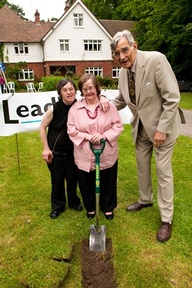
The institutions were generally known as ‘mental hospitals’ where patients were often abused both physically and sexually and had no contact with the outside world.
In resistance to these ‘mental hospitals’, the pair set up the learning disability charity FitzRoy over fifty years ago, to challenge the social exclusion of people with severe learning disabilities, and to give them a life – not just an existence.
In recognition of his achievement, Mr Williams won the Outstanding Contribution Award at the National Learning Disabilities Awards earlier this year.
He knew he had been shortlisted but admits he was “shocked and speechless” when he heard he had won. “I never thought in a million years I would win it. I didn’t think I would have a chance. I was up against a professor, three doctors and a baroness. It meant such a lot to me.
“If Huw, my profoundly disabled son, had not had such a wonderful mother who also supported and encouraged my FitzRoy activities, such an accolade would not have come my way. It was the first time I have received a standing ovation but worth waiting nearly 89 years for.”
His contribution has been enormous, according to Anna Galliford, chief executive of FitzRoy, who said: “John hasn’t just changed the lives of the people we support; he created a whole new way of seeing and supporting people with learning disabilities – from hiding them away in institutions or their homes, to giving them back their independence.”
Mr Williams found out the hard way, the medical profession’s attitude to people with learning disabilities back in the 1950s and 60s.
Fury over doctor’s attitude to his son
“I couldn’t be with my wife the day she took Huw, our profoundly disabled son, to see a professor of paediatrics, but to our horror she left his office with the words ‘get him into a home as quickly as you can and get on with your life’ ringing in her ears. I was furious.
“We both took the decision to completely ignore his advice. Most people back then took this advice. As a result there were very few people with severe learning disabilities out and about, or in the community. That’s why people stared at you in the street; they weren’t used to seeing people that were different.
“Huw was never going to walk and talk, never going to make us grandparents. But we both thought that having Huw made us special and we wanted him to have a safe and loving home. Ignoring the professor’s advice, Huw stayed with us until he died aged 27. My wife felt that was right, it was her choice. She got very little support, there was hardly any respite available, and it never seemed to be available when we wanted it.”
Huw’s future seemed full of emptiness
“Choice was limited. There were rudimentary facilities available, you may be lucky and find a day centre, but they were rare and often the local council could only offer transport facilities. There was no talk of trips out, into town to the shops, let alone a visit to the pub. That was unheard of. We looked to Huw’s future and saw emptiness ahead. “Huw couldn’t walk or talk yet the learned professor of paediatrics had said he’d be likely to get in trouble with the police! We met families who made a point about putting their children away; others would hide their children in the institutions and not admit to their existence. The thing that was missing was ‘understanding’.”
Co-founder, Elizabeth FitzRoy was also spurred on to change things for the better as she had similar experiences and reactions from medical professionals to her adopted son who had Down Syndrome.
“We both thought there must be better places for people with learning disabilities than institutions.
“Elizabeth had the vision and I and a couple of other like-minded people met up and decided to do something about it.
“It was very hard as the four of us had no money and we had a lot of opposition from local authorities and so-called experts. In our first house we housed four children under 16 with Down’s Syndrome.
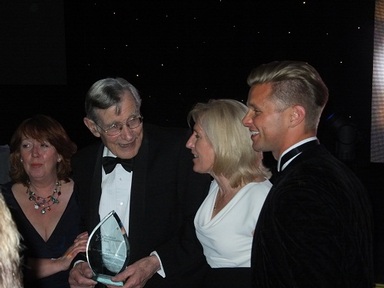
“We took these children out of an institution – they were in places known as subnormality wards and mental hospitals where both physical and sexual abuse took place. These were terrible places. We had a friend who had a son who was sexually abused at one of these places. People were fed and watered and that was it. There was nothing done to stimulate them.”
Buying their first home was a huge risk and they had to battle against a lot of scepticism. Opposition ranged from “scorn and ridicule to downright disapproval” with one director of social services “describing us as ‘amateur do-gooders that won’t be around in six months,” he reveals.
“We overcame resistance from people in the local community who didn’t like the idea of a home for ‘such people’ near them, by inviting them in, and explaining our ideas. When people saw the homely environment, had a chance to meet the residents, they started coming round to the idea.
“With all the scandals we needed and wanted transparency, open for everyone to go and see; we were determined to stop hiding people with learning disabilities behind closed doors. Out of sight out of mind.” FitzRoy’s first home thrived and the charity now supports over 600 adults across 60 locations.
“We did everything we could to get that first home going. It was a great success as it was a real home. It did so well that we started getting requests from other families with youngsters with profound disabilities so two years later we opened another home in Norfolk. “The home in Norfolk needed decorating so to save money we scraped all the wallpaper off ourselves and camped out there and did it all up.”
FitzRoy care model now the norm
This care model is now common practice in the UK. Changing people’s attitudes to people with learning disabilities has taken years and attitudes are completely different to what they were fifty years ago. “However there is still a residue of people who don’t understand people with learning disabilities and are not aware of the difficulties they face,” says Mr Williams.
“I am so proud of what we have achieved. I look back at how small we were when we started and how big FitzRoy is now.
“The transformations were immense. We witnessed friendships blossoming; we saw parents learning how to bond with their children; we watched as communities started to understand and enjoy being around people with learning disabilities.”
However despite all the changes that have happened, he says: “We must not be complacent. Our journey is still not complete. As we can see today, when the budget cuts affect local authorities, often the first thing to go is social care. We must never stop educating people at the top that anyone who is disabled should be given the opportunity for a family life. Lest we forget.”
Interesting Facts
First job: Ordinary Seaman in the Royal Navy
Favourite book: I Claudius by Robert Graves
Favourite film: Quartet
Favourite piece of music: Chopin’s Polonaise
Best present you have received: Waking up from an operation and finding I no longer had a colostomy
Last holiday: Santiago de Compostela with a friend
Latest Profiles News
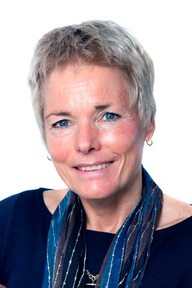 05-Sep-16
Being chief executive of a care home provider is a 'huge responsibility and privilege'
05-Sep-16
Being chief executive of a care home provider is a 'huge responsibility and privilege'
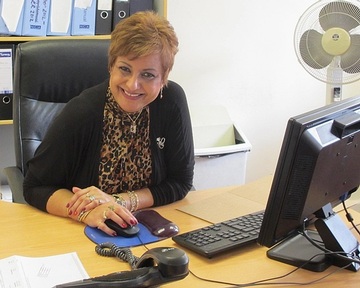 31-Mar-15
Profile: 'Both local and national Government needs to put its money where its mouth is,' says chair of the National Care Association
31-Mar-15
Profile: 'Both local and national Government needs to put its money where its mouth is,' says chair of the National Care Association
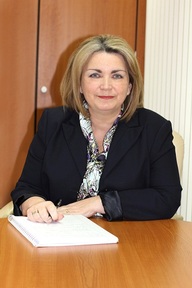 16-Dec-14
Profile: Care home turnaround specialist reveals some of the tricks of the trade
16-Dec-14
Profile: Care home turnaround specialist reveals some of the tricks of the trade
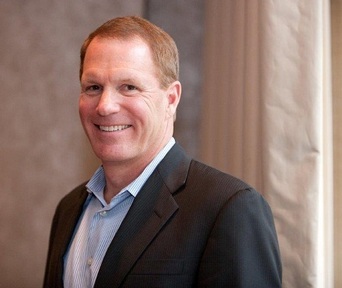 01-Dec-14
Profile: ‘People should not be dreading going into a care home – they should be looking forward to it,’ says care home boss
01-Dec-14
Profile: ‘People should not be dreading going into a care home – they should be looking forward to it,’ says care home boss
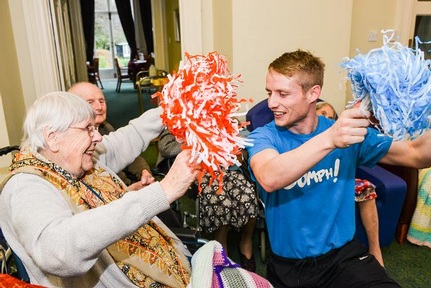 07-Oct-14
Exercise is key to 'changing the care sector' says provider of exercise therapy in care homes
07-Oct-14
Exercise is key to 'changing the care sector' says provider of exercise therapy in care homes